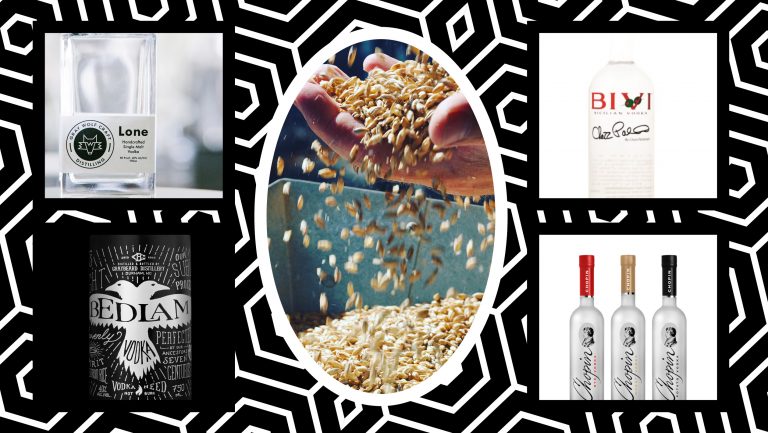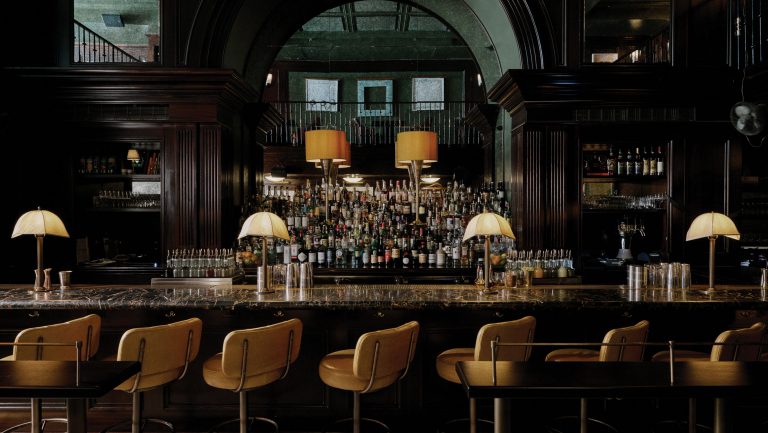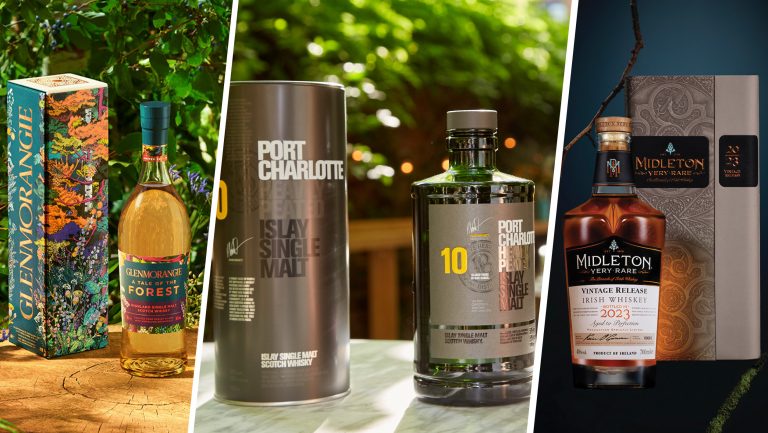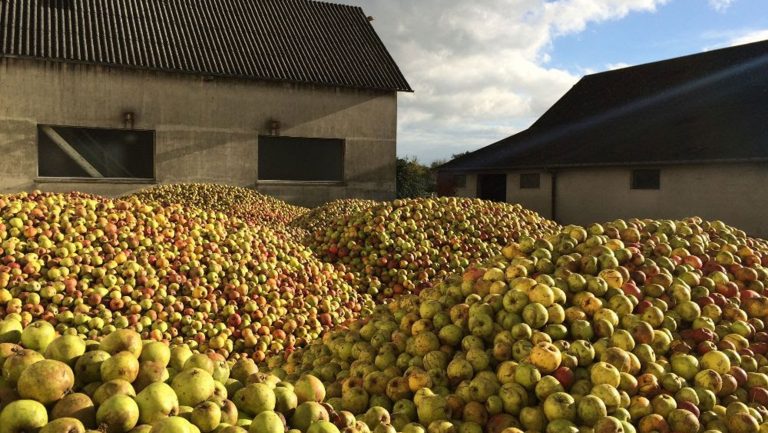In the early 16th century, just after the agrarians among the conquistadors transplanted the first sugarcane to Brazil from Madeira, Portugal, they realized a need: wood for transforming the cane into what would become the country’s national spirit: cachaça.
When the white sails of those Spaniards first appeared in the Atlantic off Amazonia, not one tree in a rain forest so vast it’s called the lungs of the Earth had been felled by a blade of steel. In the following centuries, however, loggers toppled around one in every five.
Novo Fogo is trying to save the remaining trees. The tool it’s using is its organic brand of cachaça.

Don’t miss the latest drinks industry news and insights. Sign up for our award-winning newsletters and get insider intel, resources, and trends delivered to your inbox every week.
“It’s given us the opportunity to tell the story of why cachaça matters,” says Novo Fogo CEO Dragos Axinte, a Romanian whose journey to becoming an advocate for Brazilian rain forests was catalyzed by a childhood idolization of the Brazilian soccer superstar Pelé.
The U.S. brand of a distillery built in Brazil in 2004, Novo Fogo now uses American oak as an alternative wood in producing its cachaça. Until the establishment of stronger conservation laws in Brazil in the early 2000s, Brazilian hardwoods were cut relentlessly for houses, furniture, and floors, as well as storage barrels for cachaça, Axinte said. Today between 60 and 70 percent of Brazil’s legal cachaças are aged in barrels made of sustainably harvested oak trees.
“That transformation means I think we’re winning,” Axinte says.
It’s also winning Novo Fogo awards. In 2016 two of the company’s cachaças were ranked in the top 10 in Brazil by a 12-member panel of the country’s top cachaceiros—cachaça tasters—known as Cúpula da Cachaça. The company’s master distiller, Agenor Maccari, Jr., discovered that careful selection of primary ingredients, like sugar cane grown near the coast, along with native yeasts, produces floral, spice, and nut flavors on par with traditional ways.
But the story is more complicated than just swapping northern trees for southern ones. Novo Fogo, whose motto is “Diversity matters,” also finishes two premium cachaças in barrels made of rain-forest wood.
The reason, Axinte says, is that much of Brazil’s cachaça is still essentially bootlegged, mostly by small outfits, often in remote regions rampaged by illegal loggers. Even around Novo Fogo’s headquarters in the small southern city of Morretes, inside Brazil’s critically endangered Atlantic Forest, shadowy sellers offer fresh-cut logs, no sourcing revealed.
Knowing that some producers buy such logs, Axinte says, Novo Fogo takes pains to find legal rain-forest wood. Most commonly, this means wood that was cut before the trees were listed as endangered.
Novo Fogo was able to build two barrels out of extremely rare zebrawood from an old, abandoned house on the company’s property. From those barrels, Novo Fogo finished a limited supply of a rose-colored cachaça, called Tanager. The company also spent years securing from a cooper two barrels made of Brazil nut wood. These produced the company’s chestnut-colored cachaça, Graciosa. In September 2017, Novo Fogo will introduce Colibri, a new cachaça aged intermittently in two old barrels made of Brazilian teak. The company lengthens the life of these special barrels by sanding the insides after each batch, allowing them to be used repeatedly.
By including cachaças made with Brazilian wood in its portfolio, Axinte says Novo Fogo is able to tell the story of how it legally obtained these woods. As the world cachaça market grows, he says, consumers will need a sophisticated understanding of the origins of materials used in production in order to make conscientious choices.
According to Axinte, “Our business of cachaça is a vehicle for a higher purpose.”

Dispatch
Sign up for our award-winning newsletter
Don’t miss the latest drinks industry news and insights—delivered to your inbox every week.
Nate Schweber is a freelance journalist from Missoula, Montana, now living in Brooklyn, New York. His work has appeared in The New York Times, Al Jazeera America, Trout Magazine, and All About Beer Magazine. In 2011 he coauthored the book Indiana Breweries with John Holl.







